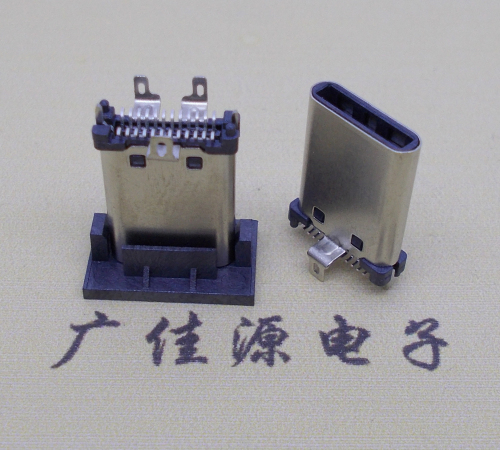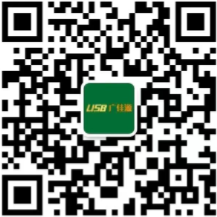 Mr. Chen:136-6225-2835
Mr. Chen:136-6225-2835
 Miss Chen:189-2385-0895
Miss Chen:189-2385-0895
Shenzhen Guangjiayuan Electronic Technology Co., Ltd
Mr. Chen: 136-6225-2835 (same WeChat account)
QQ: 979285705
Miss Chen: 189-2385-0895 (same WeChat account)
QQ: 2391552662
Chen Weiting :135-3824-4786 (same WeChat account)
Chen Weihao: 139-2459-4393 (same WeChat account)
Tel: 86-0755-33182327
Email: gjydz88@163.com
Website: www.usb-type.com
Address: Building 10, Hongxing Gebu Qixiang, Songgang Town, Bao'an District, Shenzhen, Guangdong Province
As a mobile electronics accessory geek or others, you may notice that the USB C (technically known as USB type C) standard, the new generation specification for universal serial bus connectors, ports, and cables, is becoming commonplace on portable devices. Through this specification, USB connectors have become easier to use, supporting higher power charging, and transmitting data at a rate of up to 40G bps, which is 80 times faster than the previous version of the standard and sufficient to support 4K video.
The higher data rate allows USB connectors to support many new applications beyond mobile phones and computers, and USB is almost ubiquitous for charging and connecting devices. For example, USB can replace HDMI, DisplayPort, and other high-speed ports, or power adapters for fast charging, as designers have found new ways to simplify design by using a single type of port and connector, which in turn enhances the user experience. Even better, the USB C connector and port are unified in size and appearance, which means that either end of the cable and connector can work when connected.

Although the ultimate goal of USB C for consumers is "one size, one port, everything fits", from the perspective of designers, this is not the case. The 'one size fits all' approach to implementing USB C functionality may encounter obstacles in meeting its design's small size and low power requirements.
From a system and hardware perspective, many possibilities for implementing USB C have been considered. We can reduce system complexity, power consumption, and size by not integrating a microprocessor, or assume that each design requires power supply.
From this, we began to develop a series of controllers and switches, providing various solutions for achieving miniaturization and low-power USB C design.
The controller detects additional devices and positions, and assists in driving communication during operation to change charging levels. Each controller can be configured to support dual role port (DRP), downlink port (DFP), and uplink port (UFP) modes, making them available for any application. Although devices meet current design requirements with small sizes and thin shapes, they also offer packaging with larger pin spacing for applications in AC-DC wall adapters, personal computers/laptops, and other products.
An I2C interface is used to communicate with the host processor of the application, which means that designers can fully control the customization and selection of microprocessor decisions. Existing system architecture can be reused and easily updated with the development of new specifications.
Source:http://www.szsgjy.com/html/article_313.html
Contact person:
Mr. Chen 136-6225-2835 (same WeChat account)
Miss Chen 189-2385-0895 (same WeChat account)
Chen Weiting 135-3824-4786 (same WeChat account)
Chen Weihao 139-2459-4393 (same WeChat account)
Address:
Building 10, Hongxing Gebu Qixiang, Songgang Town, Bao'an District, Shenzhen, Guangdong Province
 |
 |
| Technology 1 | Technology 2 |